

Matt Campbell
2026 Hyundai Tucson Hybrid review
5 Hours Ago
James Fossdyke gets an early look at the new Vitara 'Full Hybrid' in the UK to see if it would be a worthy addition to the Australian line-up.
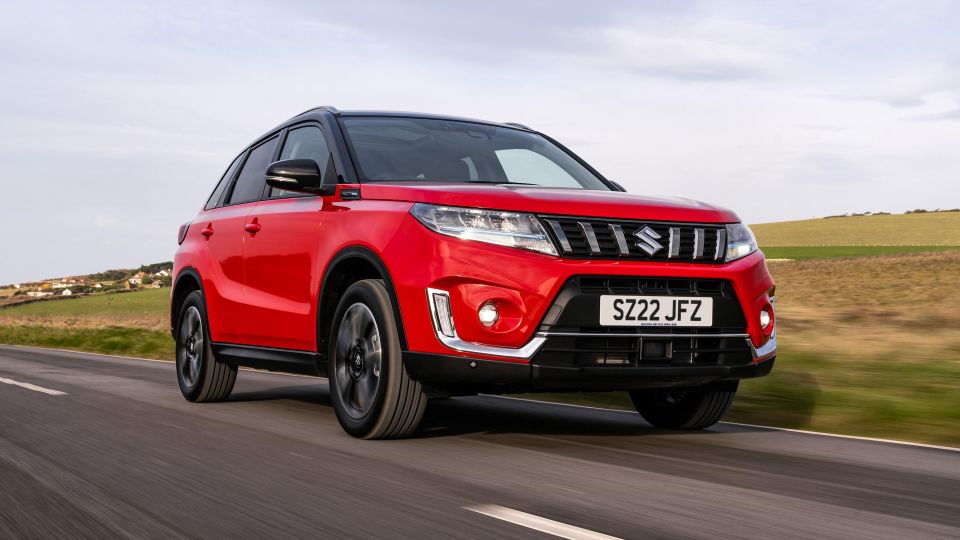


Quickly see how this car stacks up against its competition. Select any benchmark to see more details.
Where expert car reviews meet expert car buying – CarExpert gives you trusted advice, personalised service and real savings on your next new car.
This is the hybrid version of the now-familiar Suzuki Vitara, which has made its name as a cheap and practical compact SUV.
Like a cheap-and-cheerful, high-riding Toyota Prius, it promises improved fuel economy without harming the Vitara’s off-road credentials.
We tried one in the UK to find out whether hybrid power makes sense here in Australia.
There’s no official word on pricing for the Australian market, but the Vitara Full Hybrid is expected to cost more than the existing Turbo models – if only because the hybrid system is more complicated than a conventional petrol engine.
Over in the UK, Suzuki has slowly increased the Vitara’s asking price as more hybrid technology creeps in, with the mild-hybrid – confusingly named ‘Vitara Hybrid’, hence the use of the ‘Full Hybrid’ name for this model – the first to break ranks.
That car increased the Vitara’s asking price noticeably, but the Full Hybrid is only a little more expensive. The cheapest Vitara Full Hybrid in the UK is priced from £25,499 ($45,919), which is £1750 ($3151) more than the most affordable Vitara Hybrid (MHEV).
What that means for the Australian market is anyone’s guess, but we would expect the Vitara Full Hybrid to cost significantly more than its hybrid-free siblings. Currently, the local range kicks off at $26,490 plus on-road costs for the naturally-aspirated Vitara 2WD manual, climbing to $37,490 before on-roads for the flagship Vitara Turbo AWD.


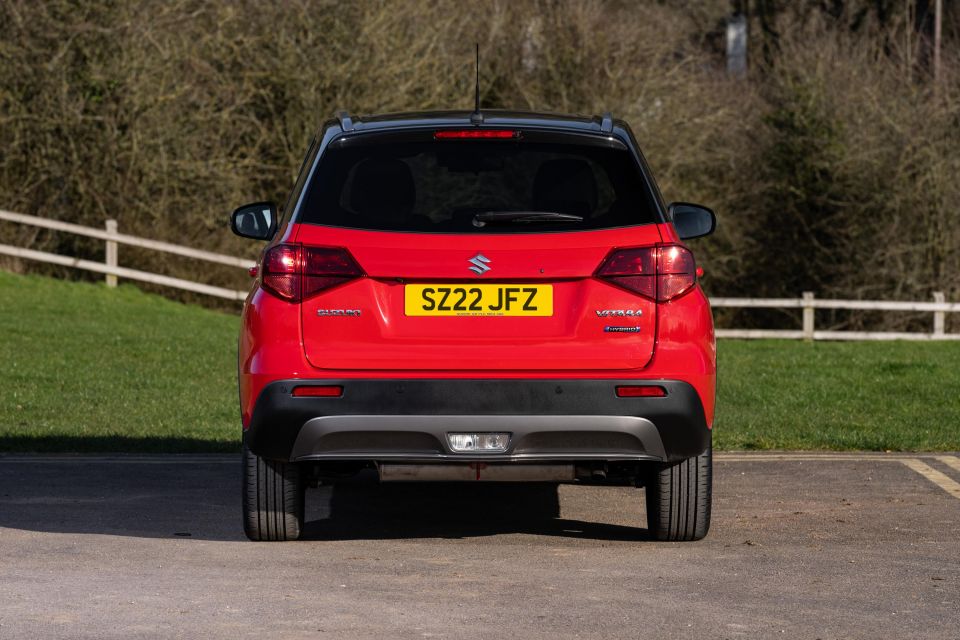
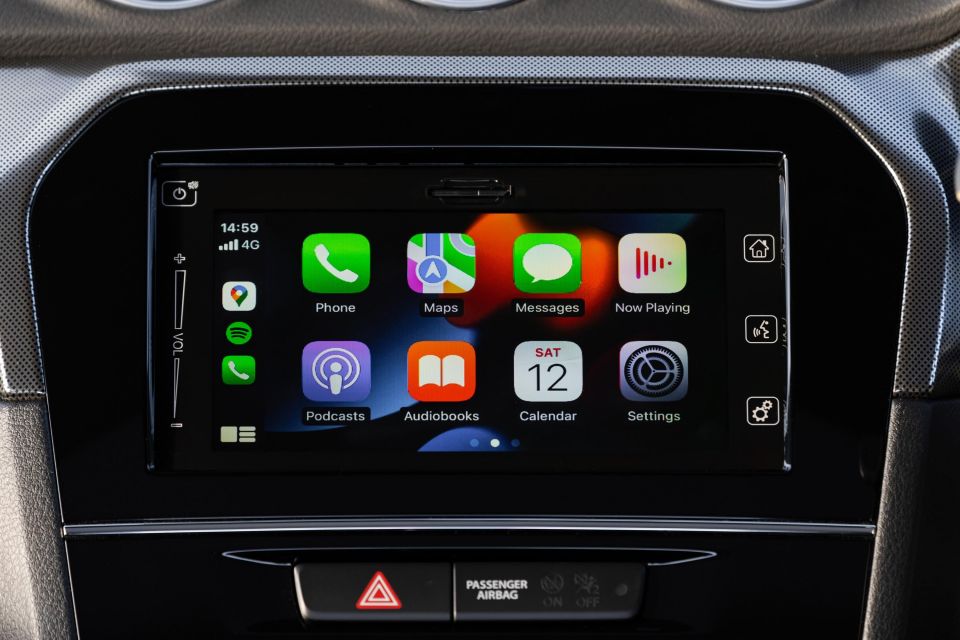
Buy your new car without the stress. It's fast, simple and completely free.

Great service from Travis and team, second time I have used this business would not hesitate to recommend them to anyone
Craig C.
Purchased a Ford Ranger in Sunshine Coast, QLD
CarExpert helped Craig save thousands on his Ford Ranger, now let us save you on your next new car.
Find a dealWithout official confirmation of the Vitara Full Hybrid, it’s difficult to work out what an Australian model would offer as standard equipment.
Using the UK market as a guide, the Vitara Full Hybrid should come with:

The 2022 Suzuki Vitara Full Hybrid has yet to be tested by ANCAP, or indeed Euro NCAP, but it should inherit its rating from the existing Vitara.
When ANCAP put the Suzuki through its paces in 2015, it came back with a five-star safety rating, and we’d expect that to continue with the Full Hybrid model, which is identical save for a battery pack, engine and gearbox.
Suzuki hasn’t confirmed the Vitara Full Hybrid specification in Australia, but it’s expected to get all the same features as the existing Vitara Turbo models.
Assuming that’s the case, the hybrid model should include:
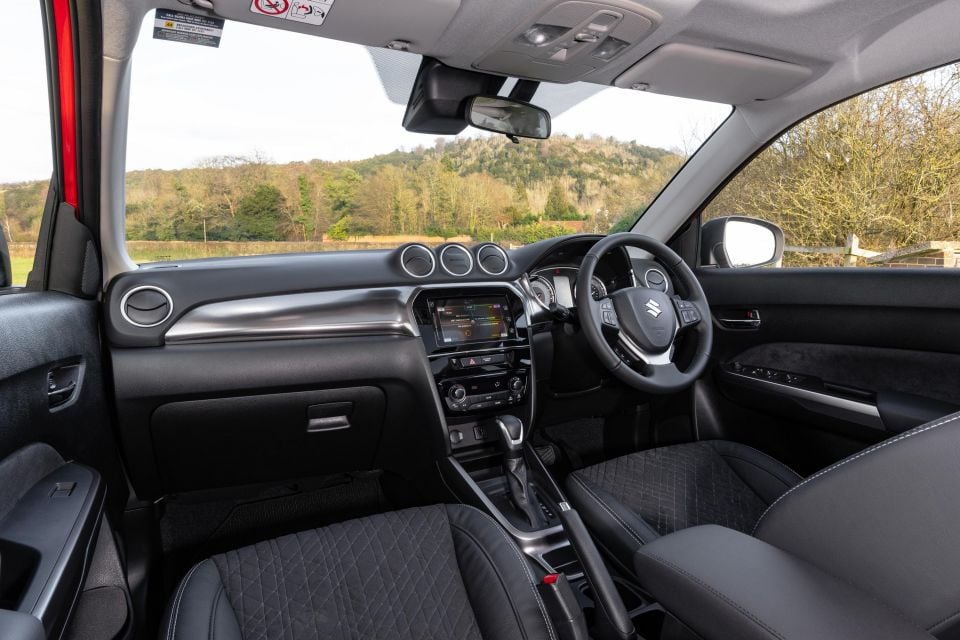
Putting hybrid power in the Vitara has made absolutely no difference whatsoever to the interior, which suffers from the same flaws as the standard car.
Hard, unforgiving plastics can be found pretty much everywhere you look, and even attempts to brighten the atmosphere with unconvincing metallic trim fall flat.
Although the materials may not impress, it’s important to remember this is a budget SUV, and some concessions should be made.
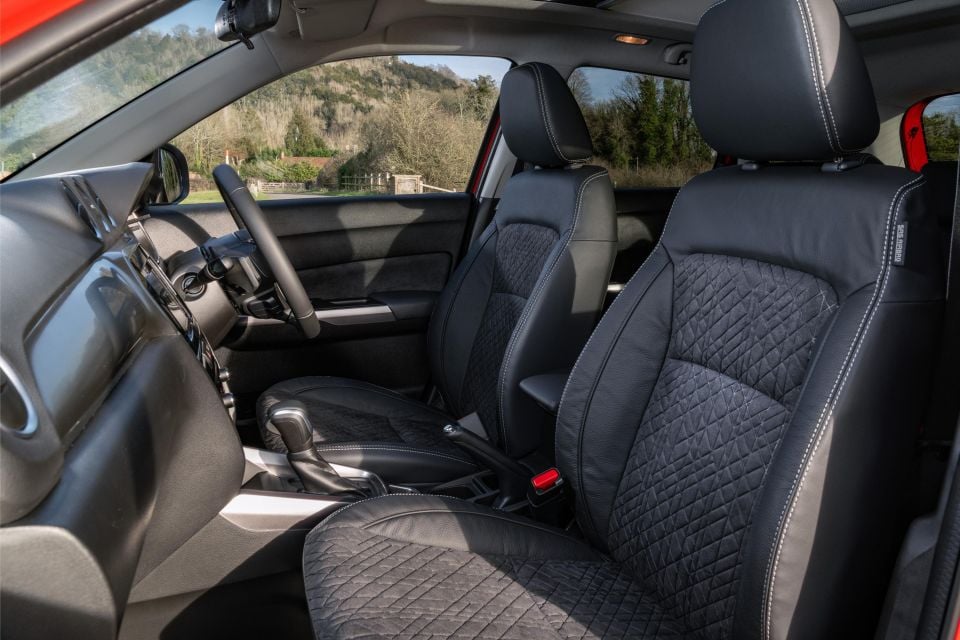
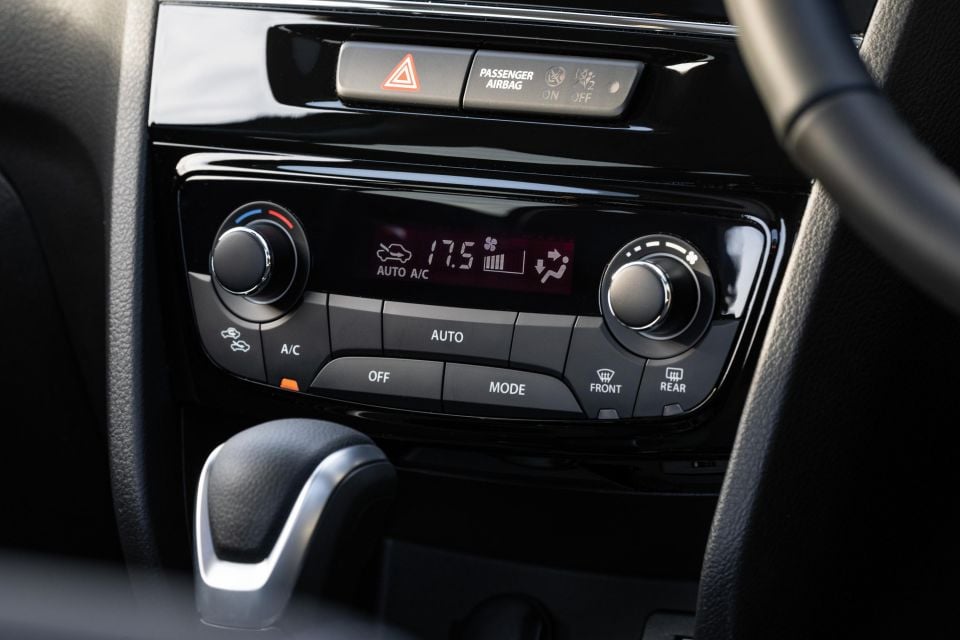
Thankfully, Suzuki hasn’t made so many when it comes to build quality, with every panel fitting snugly alongside its neighbour and never threatening to come loose. It’s no Audi, of course, but the Vitara feels robust and functional.
That’s more than can be said for the touchscreen that sits in the centre of the dashboard. With lots of lag between inputs and actions, it feels very much like a product of years gone by.
It didn’t even feel modern when the Vitara was launched, and now it just feels like a relic, with old-school graphics and some clunky controls. Fortunately, some of those problems can be bypassed using the Android Auto or Apple CarPlay smartphone integration technology, which gives you access to your phone’s apps on the move.
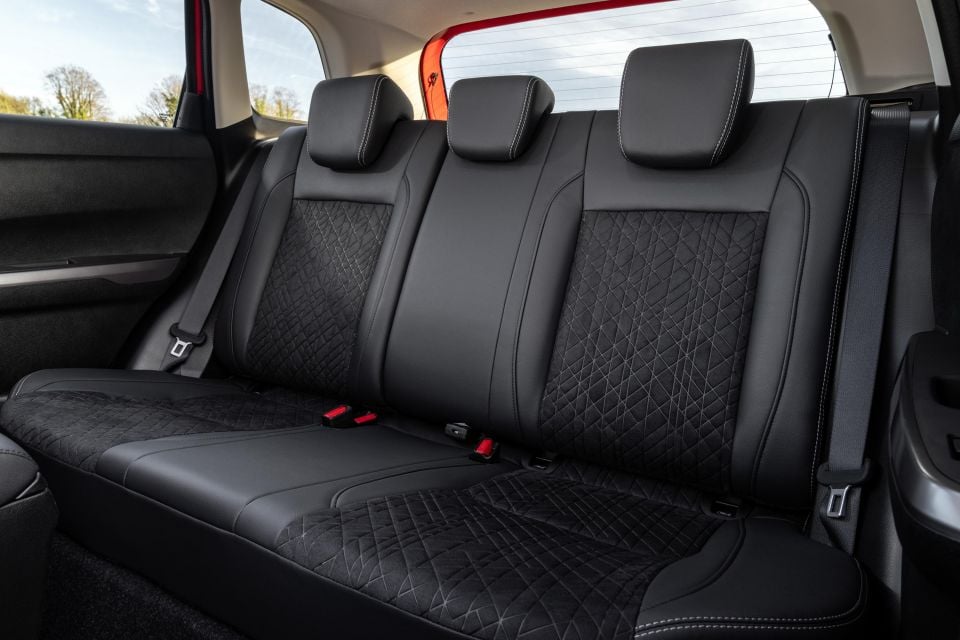
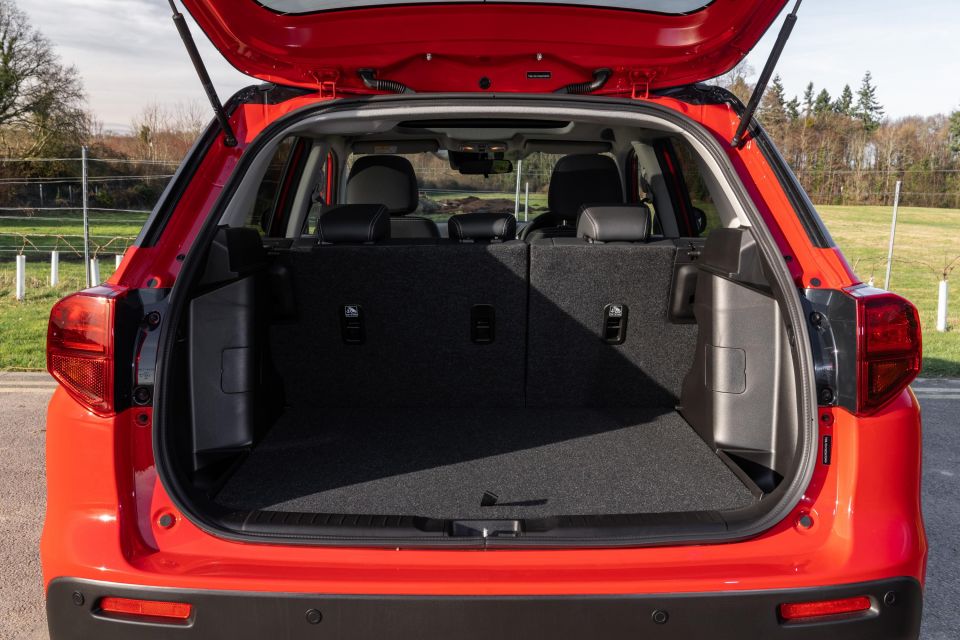
There is one noticeable change to the interior, however, and it’s a change for the worse. Because of the hybrid system, the Vitara Full Hybrid more or less does away with the false floor in the boot – or at least the space underneath it – so the figures show it’s less practical.
At 289 litres, it’s considerably smaller than the luggage bay in a Volkswagen Polo, but you can fold the back seats down to create more space. If, on the other hand, you want to fill the Vitara with people, it can manage that too.
Admittedly rear legroom is acceptable, rather than ample, but it’s about average for cars of this size.
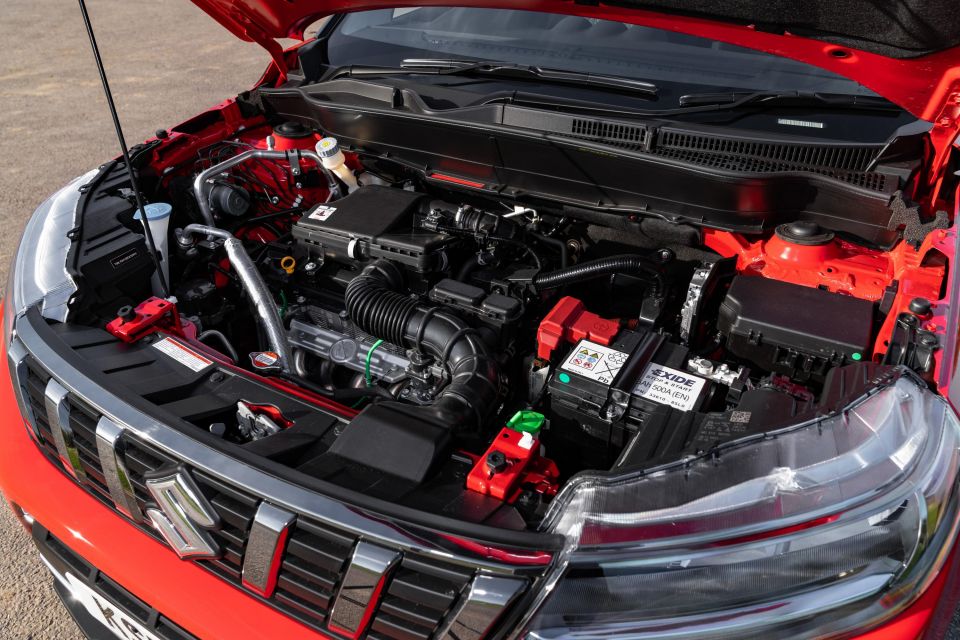
The Vitara Full Hybrid ditches the turbocharged 1.4-litre petrol engine fitted to the Vitara Turbo and swaps it for an evolution of the ‘K15’ 1.5-litre petrol engine found in the tiny Suzuki Jimny 4×4.
Here, however, that 115hp (85kW) engine is joined by a 140-volt hybrid system with a 33hp (24.6kW) electric motor that drives the wheels at low speeds, such as when setting off, coasting or manoeuvring.
That system drives the front wheels (AllGrip all-wheel drive is available as an option) through a six-speed automated manual gearbox, which is essentially a manual transmission doing an impression of an automatic.
There’s no clutch pedal and the on-board computer picks the gears, but the system has to dip the clutch for you, engage the new gear and then carry on.
With all that going on, the powertrain is capable of taking the Vitara from 0-100km/h in a leisurely 12.7 seconds – considerably longer than the Vitara Turbo will take to accomplish the same task.
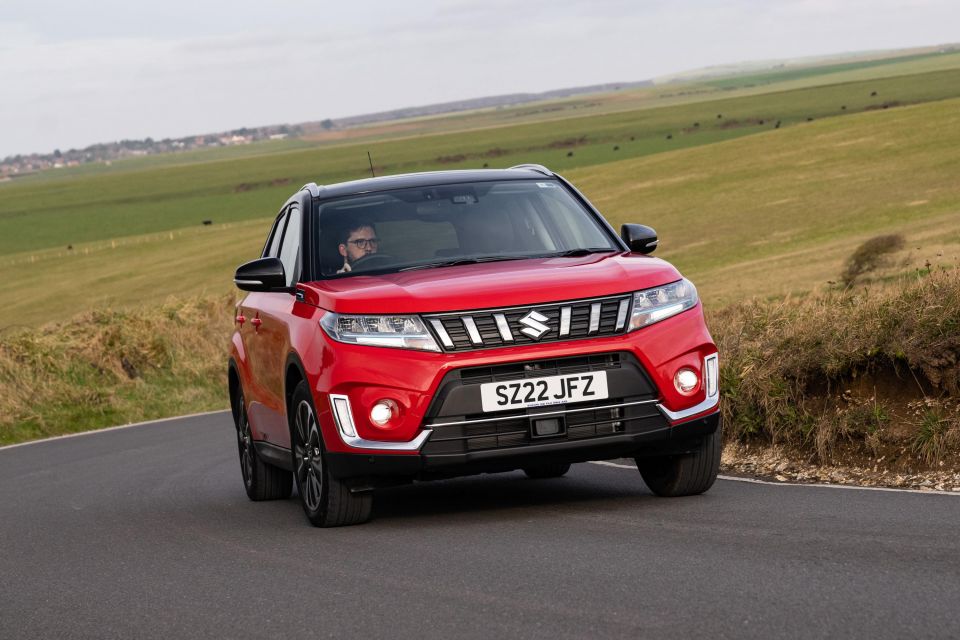
The new powertrain radically changes the Vitara’s responsiveness and performance, but it doesn’t make a vast difference to the ride or handling.
The car still feels light on its feet, with surprisingly little body roll in corners and a general sense of agility from the light controls.
There’s plenty of traction – particularly if you choose the AllGrip model – but the car is best suited to urban driving, where it proves manoeuvrable and easy to position.

However, the Vitara remains relatively comfortable, particularly for something that sits so high above the ground and has such a short wheelbase.
Nobody will confuse it with a Rolls-Royce Cullinan, but the suspension does an acceptable job of evening out imperfections in the road, even if it can’t completely hide what’s going on under the wheels.
City centres are also the spiritual home of the Vitara Full Hybrid’s powertrain, with lower speeds and less need for keen acceleration.

On the open road, the gearbox exacerbates the lack of refinement from the engine, but the car uses the quiet electric motor more often in urban areas, making it quieter and more relaxed. It also means there’s less trouble with wind and road noise, which are plentiful at higher speeds.
Getting to higher speeds is a noisy and prolonged experience, as the long 0-100km/h time suggests. Admittedly, we think that 12.7-second figure (13.5s for the AllGrip car) is a bit pessimistic – the Vitara Full Hybrid feels faster, but it’s clearly more sluggish than the Turbo.
That’s partly down to the gearbox, which takes an age to shift and generally feels very outdated, but the engine has to take some of the blame. It isn’t woeful, but it makes a racket at high revolutions, and the gearbox regularly forces it to do just that.

Suzuki is a budget brand, and although its offering isn’t especially remarkable, we expect running costs to be sensible.
Admittedly, the hybrid system may be more complicated than the conventional 1.4-litre petrol engine’s, but it’s made by Suzuki, so it should be pretty bulletproof, and there’s always the standard five-year/unlimited-kilometre warranty to fall back on.
Where the Vitara Full Hybrid is really supposed to make a difference, though, is at the fuel pumps. Over in Europe, Suzuki quotes consumption of 5.4L/100km in front-wheel-drive guise, rising to 5.9L/100km in AllGrip form.
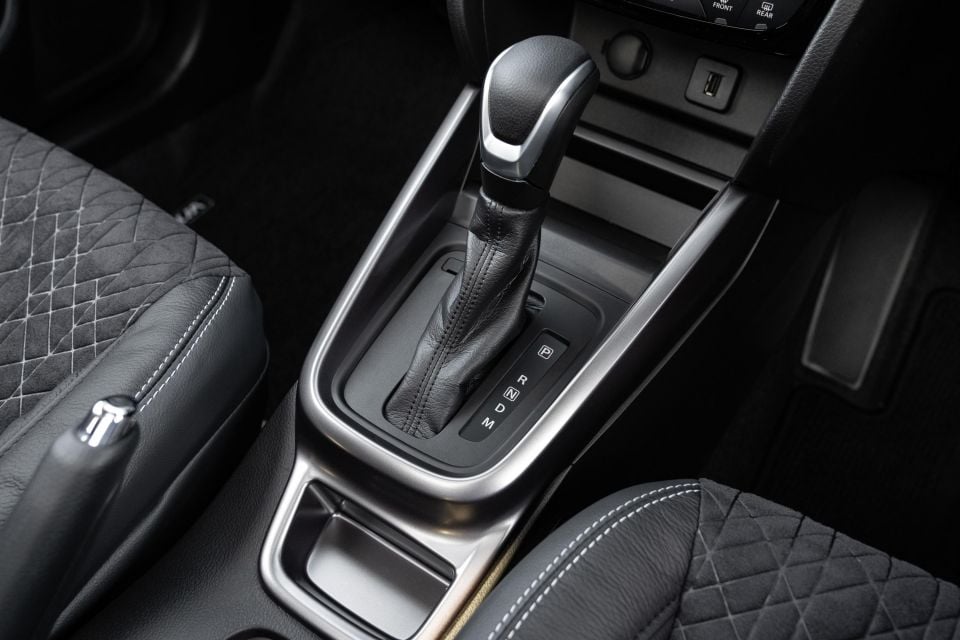
That makes it just as economical as the equivalent mild-hybrid version sold in Europe with a manual gearbox, despite the Full Hybrid getting the crude automated manual gearbox.
Unfortunately, those who do lots of long drives will struggle to achieve that economy. Although the Full Hybrid uses its electric motor more than you might expect, it’s at its most efficient at lower speeds and in stop-start traffic.
On longer drives, it’s little more than a heavy passenger, making this car only slightly more economical than the equivalent Turbo model.
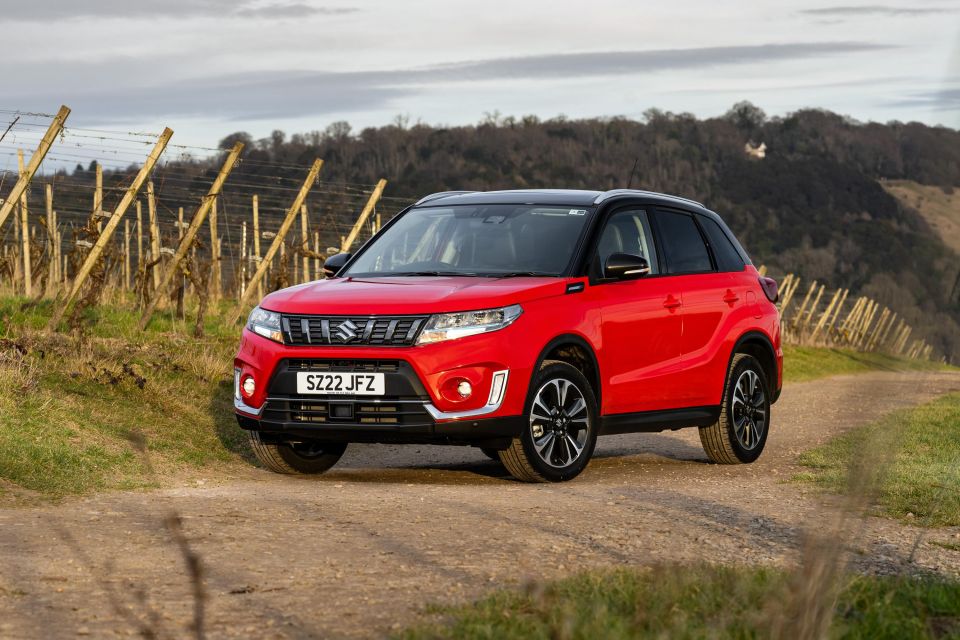
On paper, the Vitara Full Hybrid makes a lot of sense.
It’s more economical than the Vitara Turbo, and although it’s likely to be more expensive, it shouldn’t be too costly to buy or to run should it come to Australia. Customers can still choose all-wheel-drive too, and that will be crucial for a lot of local customers.
Unfortunately, it feels clunky where it matters – on the road. The gearbox is key to this failure, but the engine doesn’t get off the hook that easily.
Falling short in terms of refinement, performance and in real-world economy, the Vitara Full Hybrid just doesn’t make sense alongside the Turbo model that feels smoother and more pleasant to drive.
The Australian importer has already made noises about bringing mild-hybrid models already offered in Europe, and they should be more appealing options for economy-conscious customers.
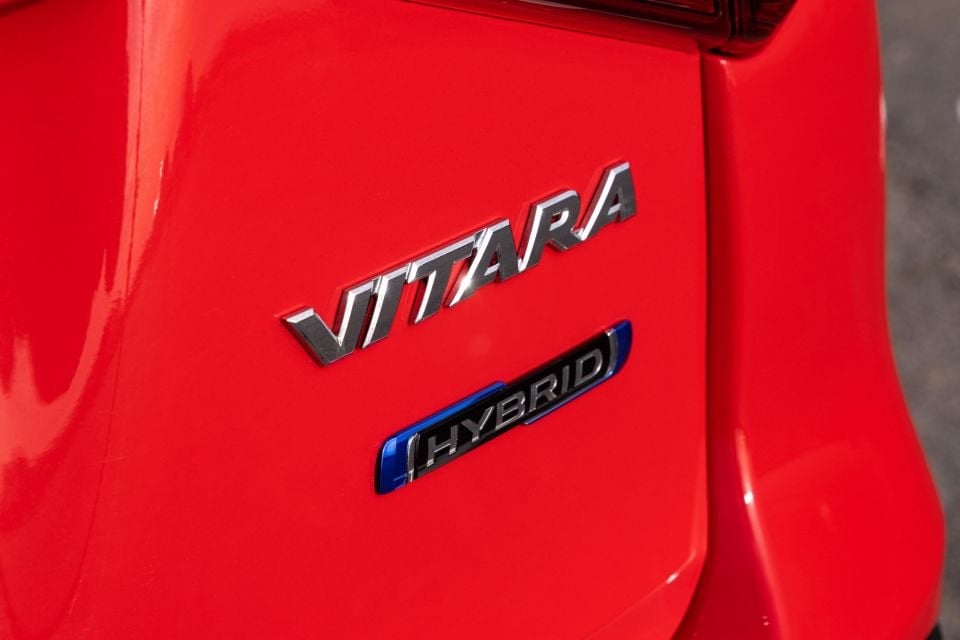
Where expert car reviews meet expert car buying – CarExpert gives you trusted advice, personalised service and real savings on your next new car.
Click the images for the full gallery
MORE: Everything Suzuki Vitara
Where expert car reviews meet expert car buying – CarExpert gives you trusted advice, personalised service and real savings on your next new car.


Matt Campbell
5 Hours Ago


Max Davies
21 Hours Ago


William Stopford
21 Hours Ago


Derek Fung
21 Hours Ago


Max Davies
1 Day Ago


William Stopford
2 Days Ago